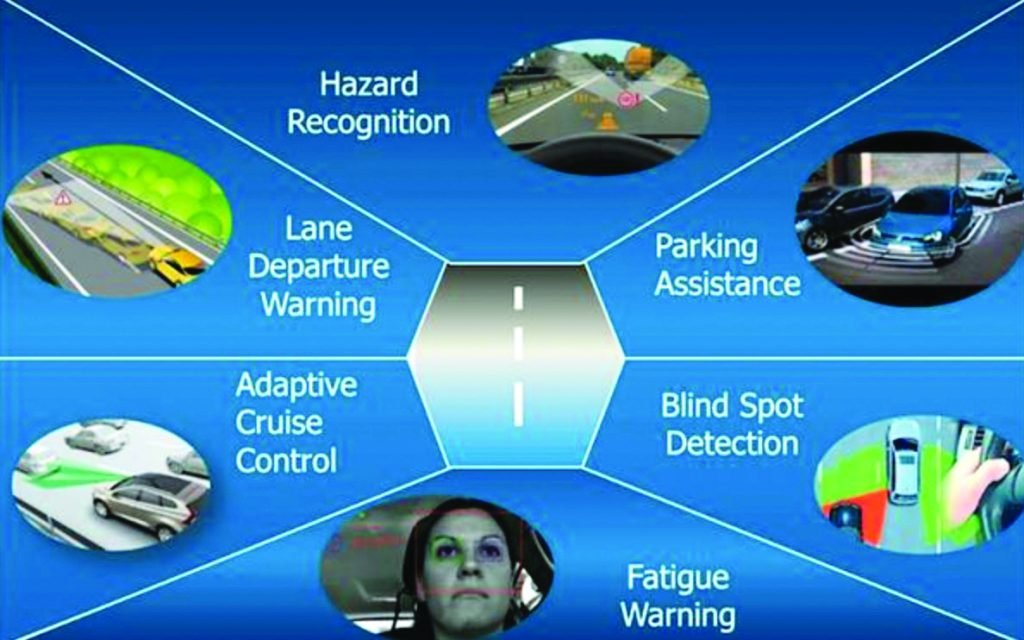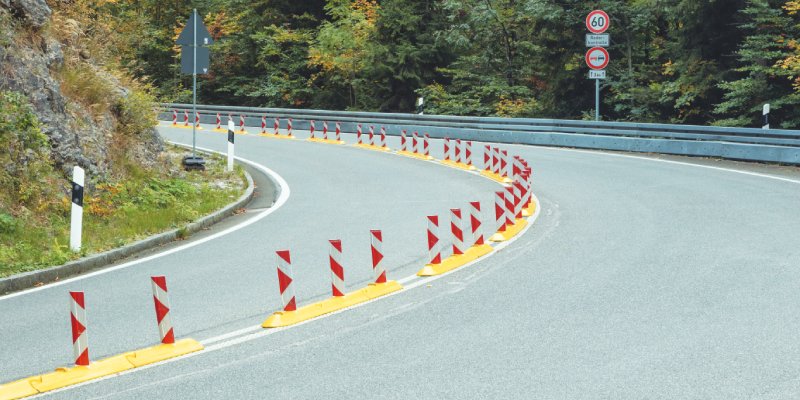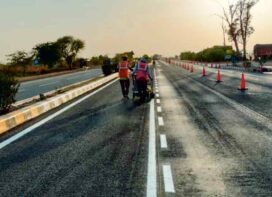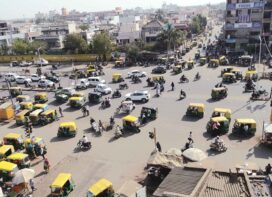 World Economic Forum-led Road Safety 2.0 pilots also reveal that over 80% of accidents are due to human errors and a majority can be prevented with the use of technology to compensate for human limitations, states, Akhilesh Srivastava, World Economic Forum, Leading Road Safety 2.0 in India.
World Economic Forum-led Road Safety 2.0 pilots also reveal that over 80% of accidents are due to human errors and a majority can be prevented with the use of technology to compensate for human limitations, states, Akhilesh Srivastava, World Economic Forum, Leading Road Safety 2.0 in India.
Road safety has always been a complex and multifaceted issue. But despite many factors leading to fatal and non-fatal road injuries, the evidence identifies that, in the context of a safe systems approach, four main risk factors consistently increase the risk for road injuries and deaths at a population level and hence acknowledged by the WHO as major risk factors under Safe System Approach. These risk factors are speeding, drunk driving, not using helmet, and not using seatbelt or child restraint.
Although many other factors contribute to road injuries and deaths (e.g., infrastructure & vehicle safety measures), the four risk factors have a measurable effect on road mortality and morbidity.
During a study that was published in the Lancet journal, the researchers found that in India:
- 20,554 lives could have been saved by checking the speed
- 5,683 lives could have been saved by wearing helmets
- 3204 lives could have been saved with use of seatbelts
Besides human errors of over-speeding, drunk driving, driving on the wrong side of the road, driving without a license, fatigue, stress, overloading, traffic rules violations etc., the deficits in road engineering that create accident-prone spots and the sudden appearances of potholes and poor safety measures in the vehicles also contribute to the accidents. But the major reason remains the driving behaviour.
How to Improve
Having identified the major risk factors of road accidents, the next question comes how to improve the driver’s behaviour to ensure:
- No overspeeding, wearing of seatbelts and helmets, no drunk driving, no driving on the wrong side of the road, no overloading, consistent good driving and adherence to traffic rules.
- Behavioural changes by self-motivation or by the fear of penalty through strict enforcement.
Reward Good Drivers
Our theory of change has been to reward good drivers rather than wasting time, energy, and money on identifying & penalising bad drivers.
The success of World Economic Forum (WEF) led Road Safety 2.0 pilots, demonstrated that this theory is more effective with a drastic reduction in accidents.
The second decade of Action for Global Road Safety has already started since, 2021 with ambitious targets of achieving Sustainable Development Goal 3.6, which calls for a 50% reduction in road traffic injuries and deaths by 2030.

Evidence Based Technological Intervention
There is an urgent need for effective implementation of the safe system approach with evidence-based technological interventions to reduce road traffic injuries. The WEF pilots show that addressing these just four main road safety risk factors using next-generation technologies can make it possible to avert between 25% and 40% of the annual road accident deaths. Technology has great potential for scalability with transparency and low-cost solutions.
Safe Driving Scores
The driver’s behaviour which is a subjective matter can be tracked using IoT and converted into scores that may be called Safe Driving Scores.
It can be a real game changer for road safety in India.
Ecosystem to Reward Safe Driving Scores
There is a need to create an ecosystem to reward these scores. A few vehicle OEMs, fuel Companies, wayside amenities and vehicle spare parts companies have shown keenness to be part of the ecosystem. However, insurance companies who are the main stakeholders were not coming forward due to regulatory restrictions. Now IRDAI has given nod for the change. This will reduce the dependency on third-party funding for road safety and will create a self-sustainable ecosystem.
Good Driving Scores mean better drivers, who will get more rebates in insurance premiums. Similarly, a good/careful driver will lead to lesser accidents and thus lesser pay-out for insurance companies.
Thus drivers will carve for higher Safe Driving Scores to get maximum rebates in the insurance premiums, thus will drive safely resulting in lesser road accidents. A win-win for everyone.

Tech Based Automated Enforcement System
However, along with the self-motivating measures for improving drivers’ behaviours, strict & transparent enforcement systems of traffic rules are equally essential. The enforcement system needs to be automated, comprising:
- speed cameras, incident detection cameras and ANPR systems.
- IoTs and high-end software for real-time detection of violations and issuance of automated penalty challans with a robust recovery system.
Automated Enforcement System with PPP Model
World Economic Forum did another pilot for the automated enforcement system in the PPP model with amazing results. Availability of funds can be a hurdle. The equipment and software of automated enforcement systems are firstly quite expensive and secondly require skilled manpower for flawless operations. Most Indian cities/municipalities do not have enough financial resources.
The WEF pilot demonstrated an economically viable and successful PPP model for the installation and operations of the automated enforcement system. The technology companies/OEMs are ready to bear the upfront installation cost of the automated system, thereafter manage & operate through their skilled manpower and recover the capital and operation & maintenance cost as a part of challans/penalty recovered by the government. This is not only financially viable but will also bring some additional revenue to cities/municipalities.
The global community is still far from achieving Sustainable Development Goal 3.6, which calls for a 50% reduction in road traffic injuries and deaths by 2030; reaching this goal will become harder now that the COVID-19 pandemic has changed priorities for governments and presented new competing challenges. But, the Ministry of Road Transport
and Highways is aiming to reduce 50% fatalities on Indian roads by 2025 itself.
 TrafficInfraTech Magazine Linking People Places & Progress
TrafficInfraTech Magazine Linking People Places & Progress


